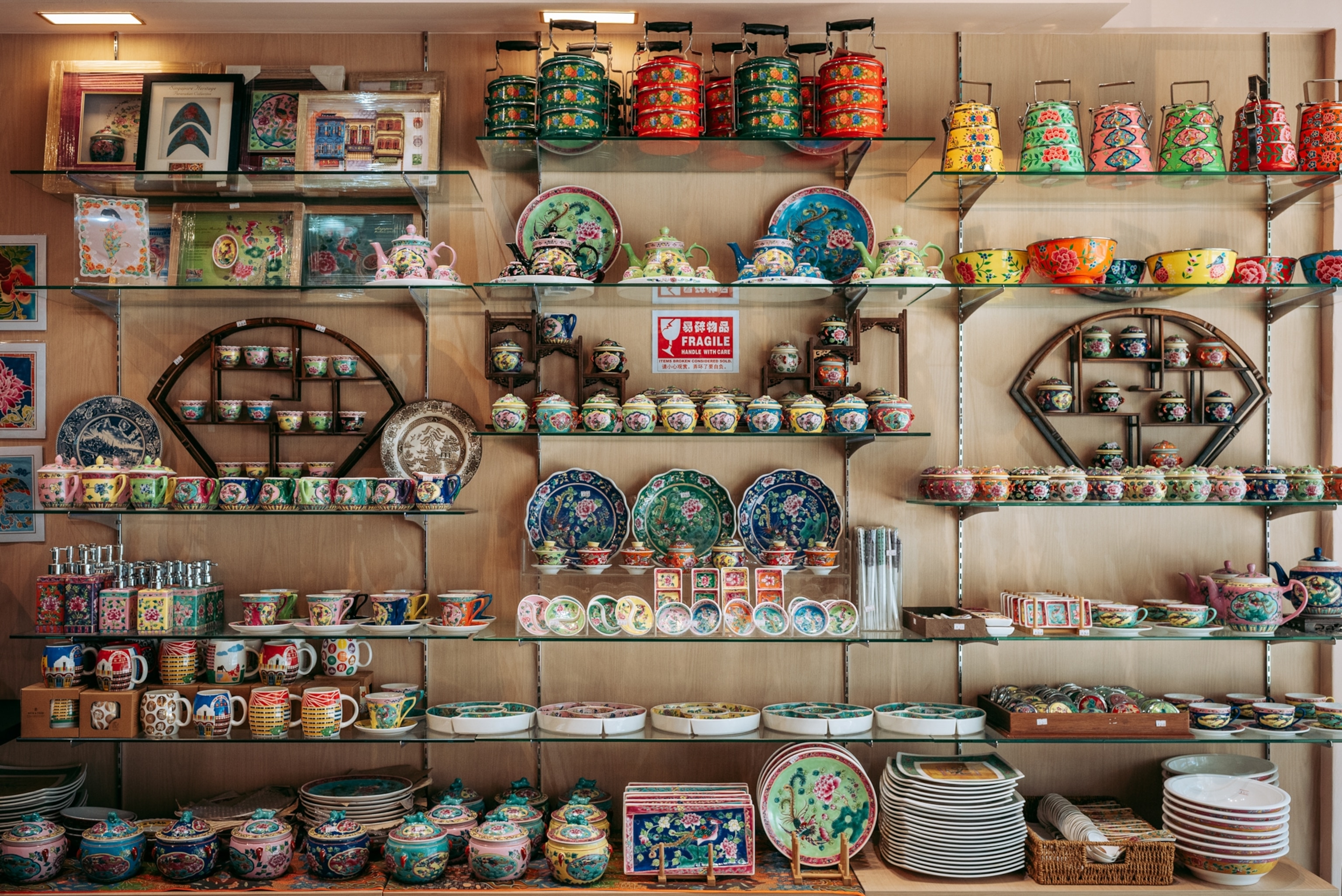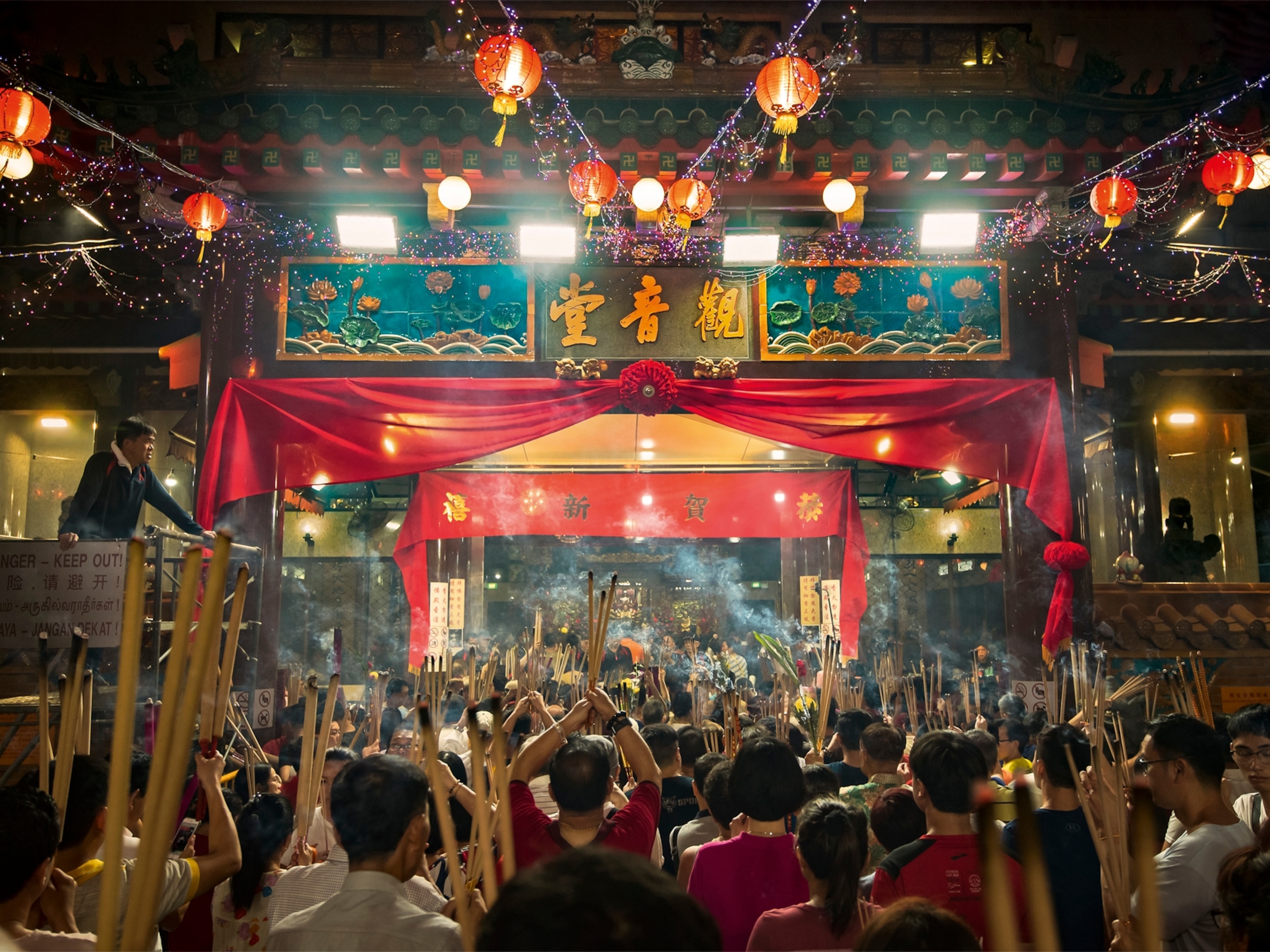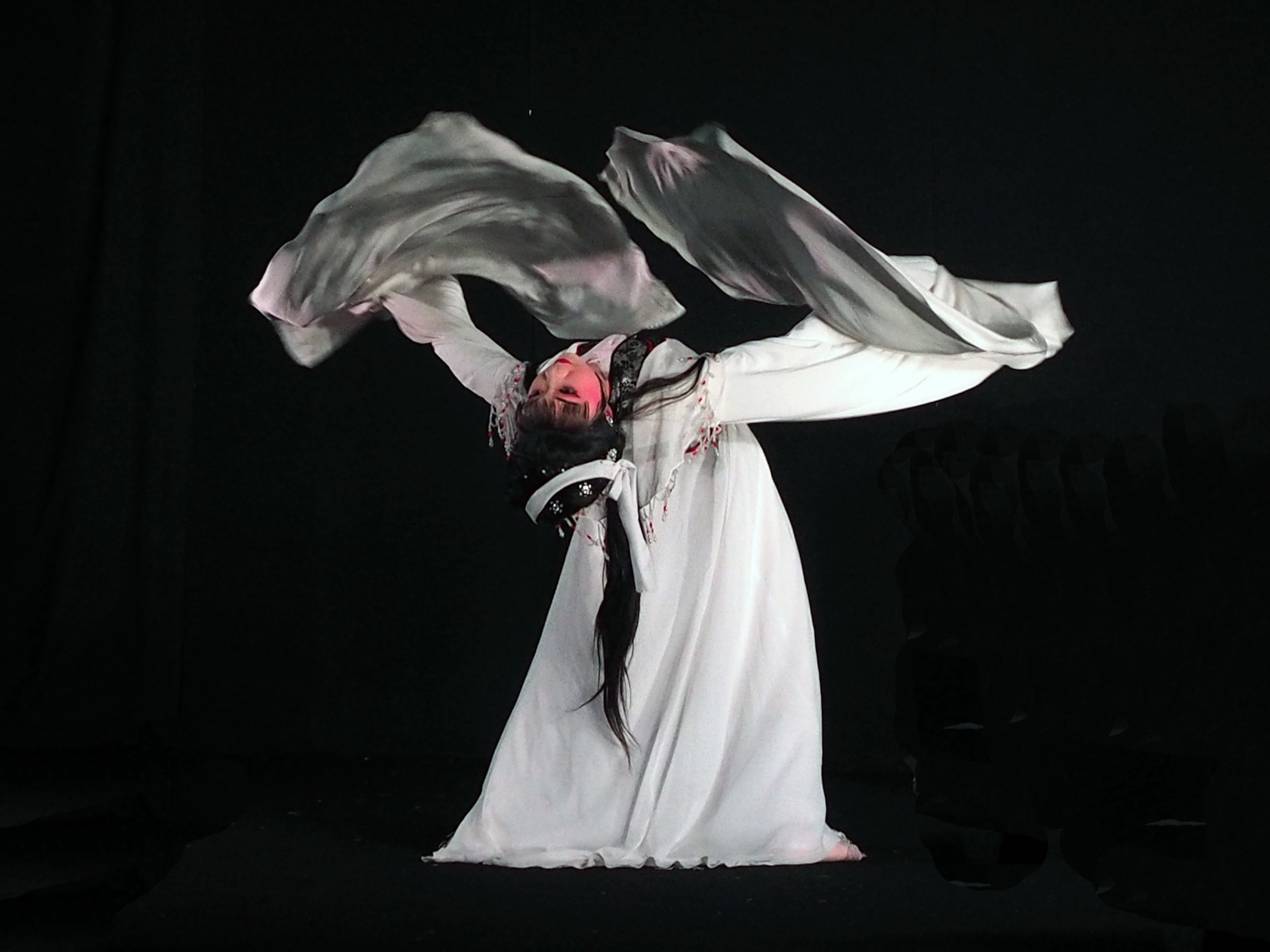Singapore is often upheld as the pinnacle of a hyper modern, futuristic city, with its gleaming skyscrapers and ever-evolving landscape. But a photo walk across the island nation shows visitors that Singapore is still brimming with vestiges of its traditional past.
A feast of sensations in Little India
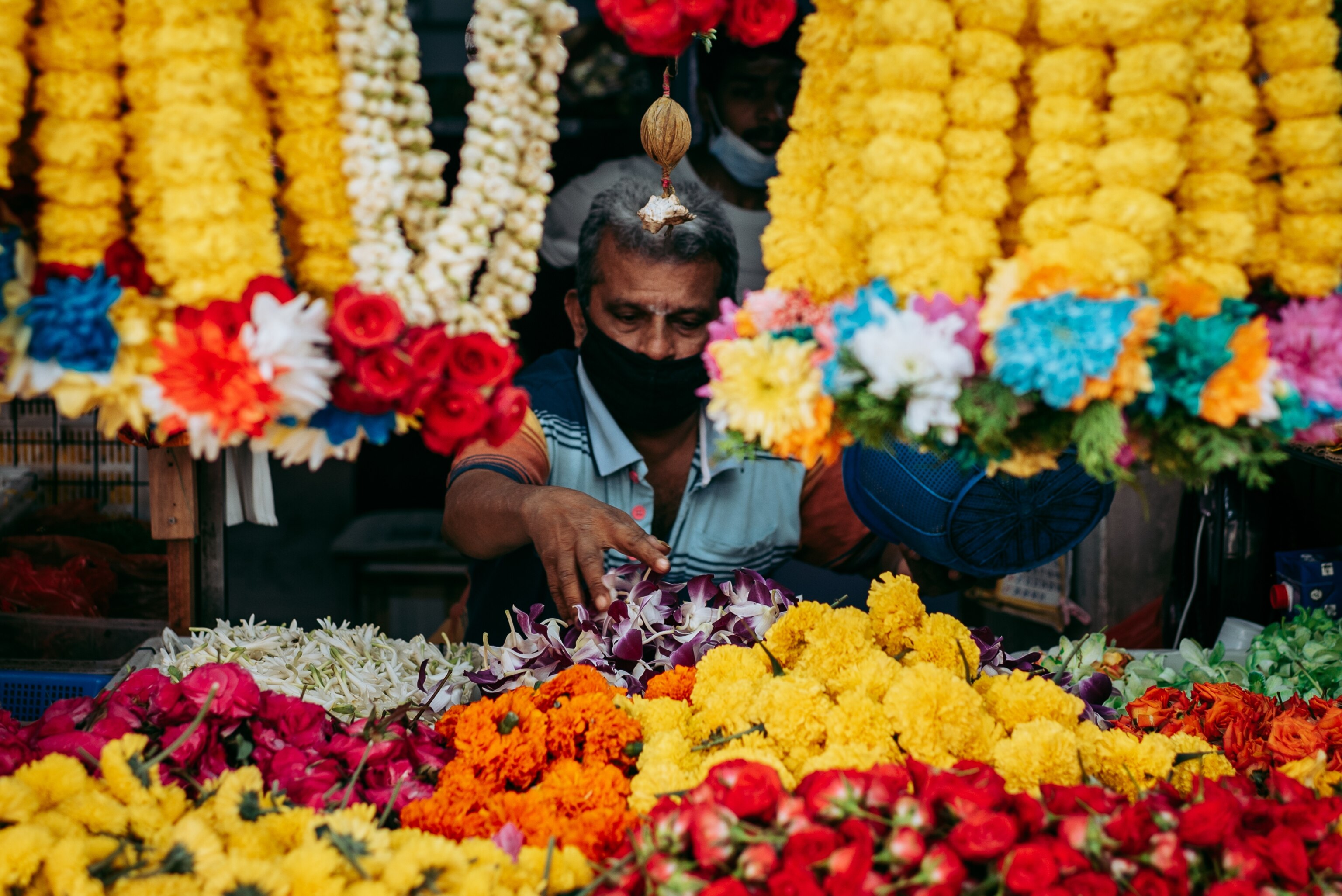
Tekka Centre is the lively, pulsing heart of Little India. Jostle with early morning shoppers at the wet market for fresh produce, while butchers, banana leaf sellers and fishmongers selling the curiously named Bombay Duck add to the atmosphere.
Savour fluffy prata, aromatic prawn noodles and spice-laden nasi briyani at the food center, or go sari-shopping on the upper floors. Built in 1915, the original Tekka Market (formerly known as the Kandang Kerbau Market, or ‘buffalo shed’ in Malay) was named after the area’s cattle trade. It was originally located opposite the site of the current Tekka Market.
Another prominent landmark nearby is the Jothi Store and Flower Shop, which has met the cultural, religious and social needs of the Indian community since the 1960s. Stop to sniff the fragrant blooms of jasmine garlands used for occasions like child birth, weddings and funerals. The store also sells incense sticks, colourful bangles, and Indian cosmetics.
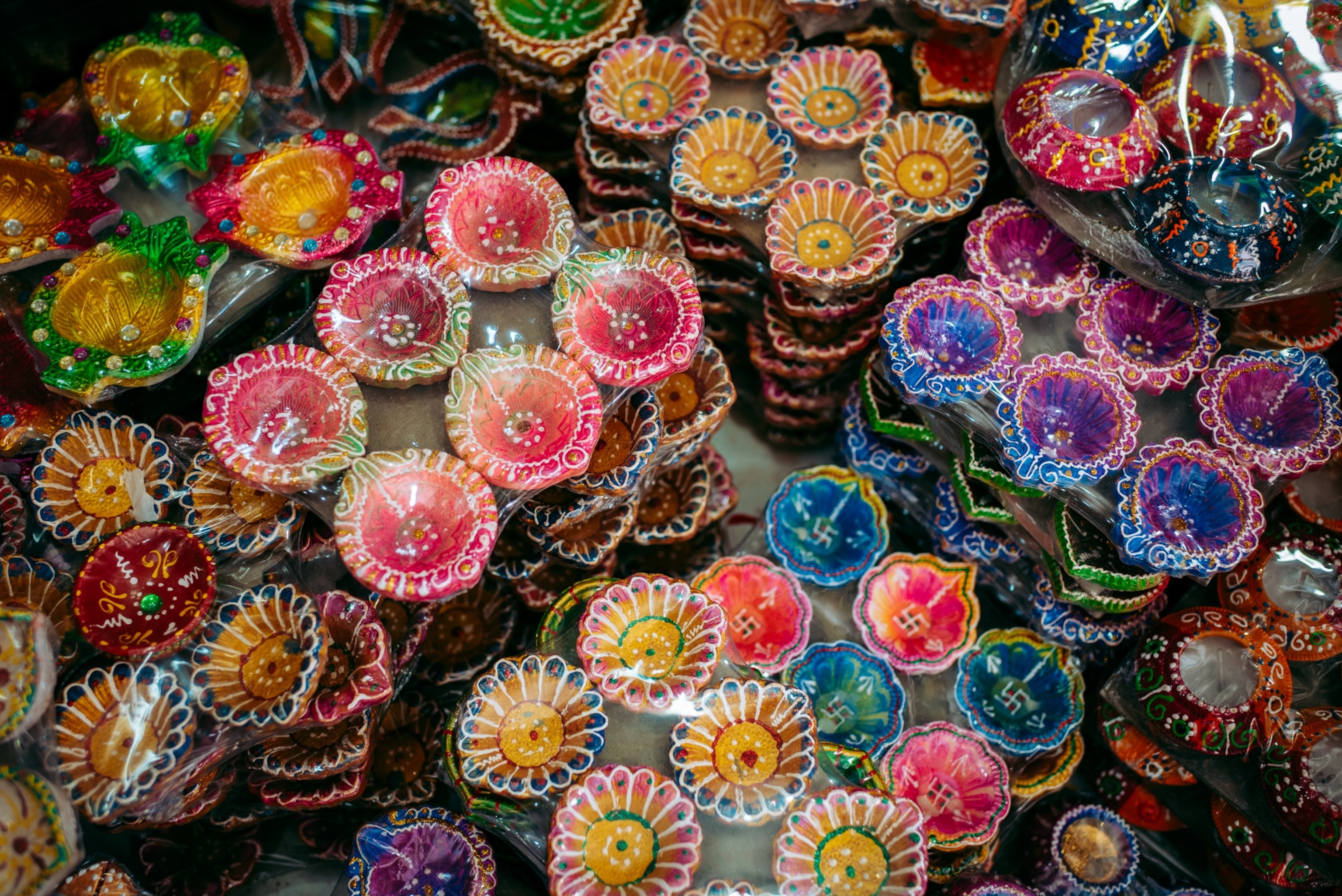
Experience the community spirit at the Kebun Baru Birdsinging Club
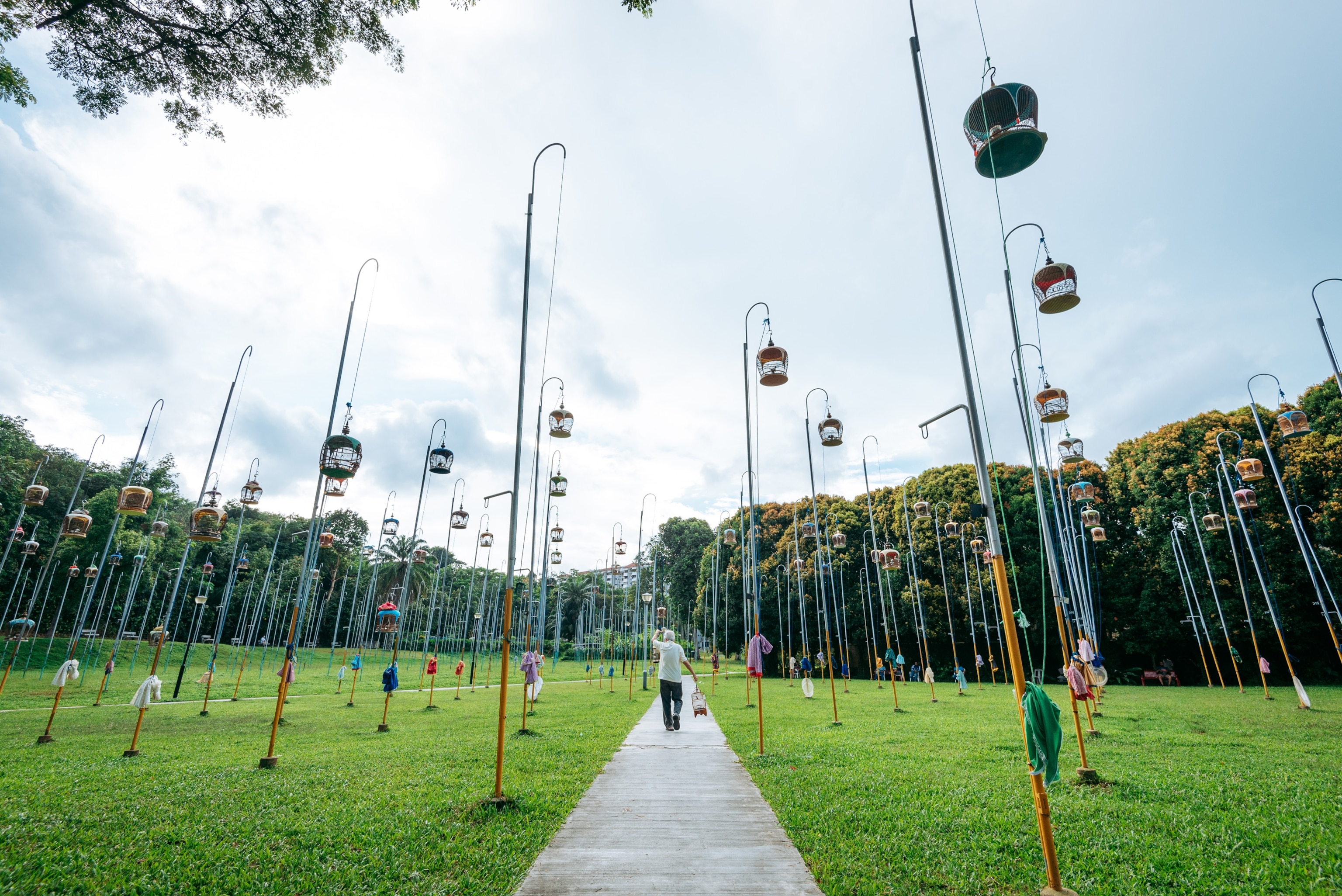
Every Sunday morning, a lush open field nestled in the residential neighborhood of Ang Mo Kio comes alive with the trills, warbles and melodies of hundreds of birds in cages hoisted up on 20 feet high poles. This is the Kebun Baru Birdsinging Club, where prized birds like the merbok (zebra dove), white-rumped shama, the Chinese thrush, and red-whiskered bulbul are displayed in ornate wooden cages.
Robin Chua, 76, the club’s co-founder, explains that bird owners have “sharp ears, plenty of patience, passion and perseverance.”
Every day, these enthusiasts - mostly middle-aged men – flock from all over the island at the crack of dawn to train their prized pets to compete in bird singing competitions. They fork out anywhere between hundreds to tens of thousands of dollars for these birds. More importantly, this is where they can soak up the kampong spirit (a colloquial term for neighborliness and community). Coming from all walks of life, these bird owners exchange tips on bird upkeep, obscure bird trivia and mingle.
Long-time custodian Teng Leng Foo, 73, works out of a nearby shop. He is among the last few master craftsmen of bird cages. Now, he trains apprentices to continue the rare trade of birdcage carpentry. “It’s part of our valuable heritage. I hope that we can keep passing this down to our future generations,” he said.
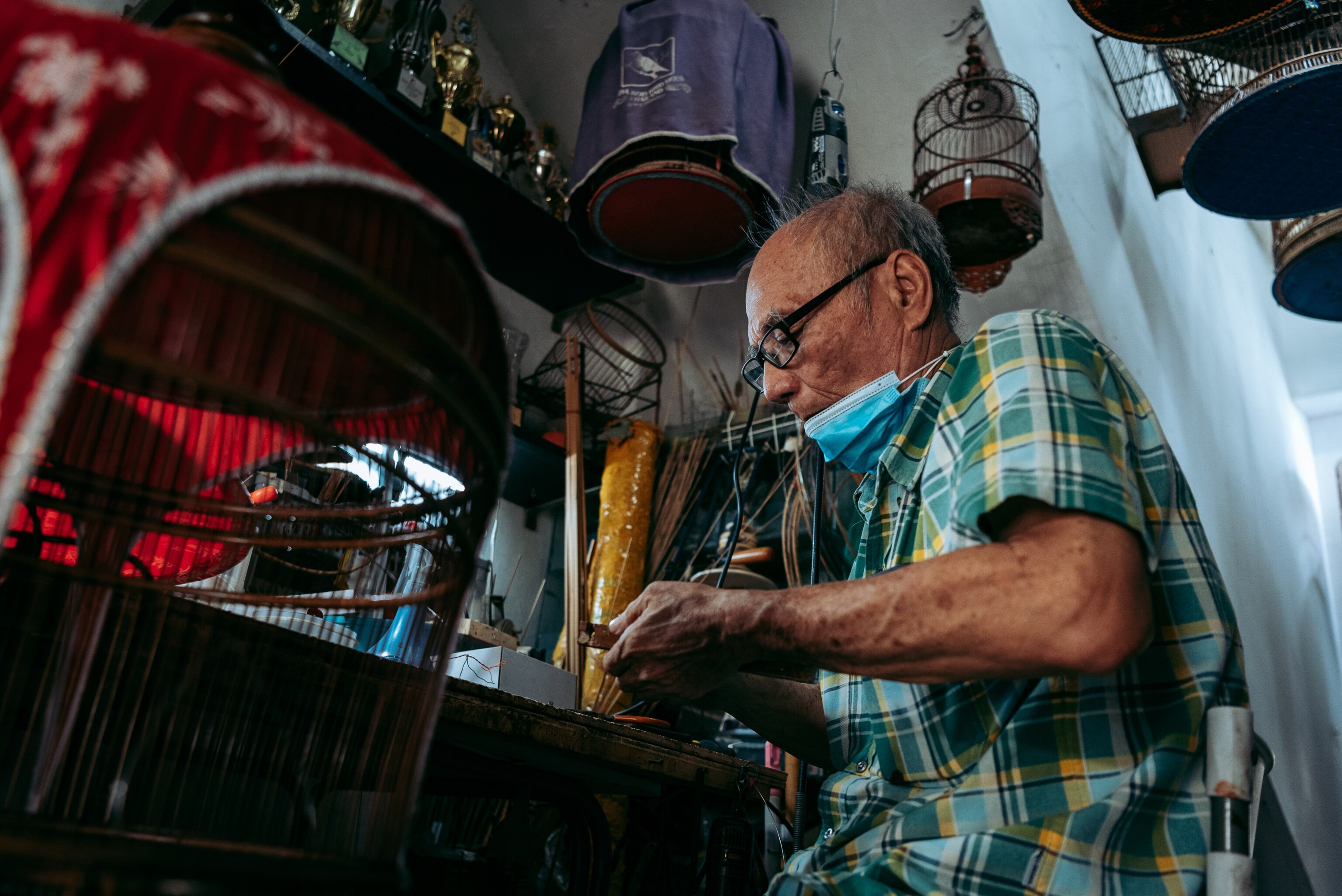
Enter the private sanctuary of legends at the Yong Gallery
In an unassuming corner of eastern Singapore lies the Yong Gallery housed within a private residence. The space was founded by the “Fated Duo” – internationally acclaimed calligrapher Yong Cheong Thye and wood carving master Cheh Kai Hon. Together, they synergized their two mediums – with Chinese calligraphy engraved on wood - into new, contemporary art forms.
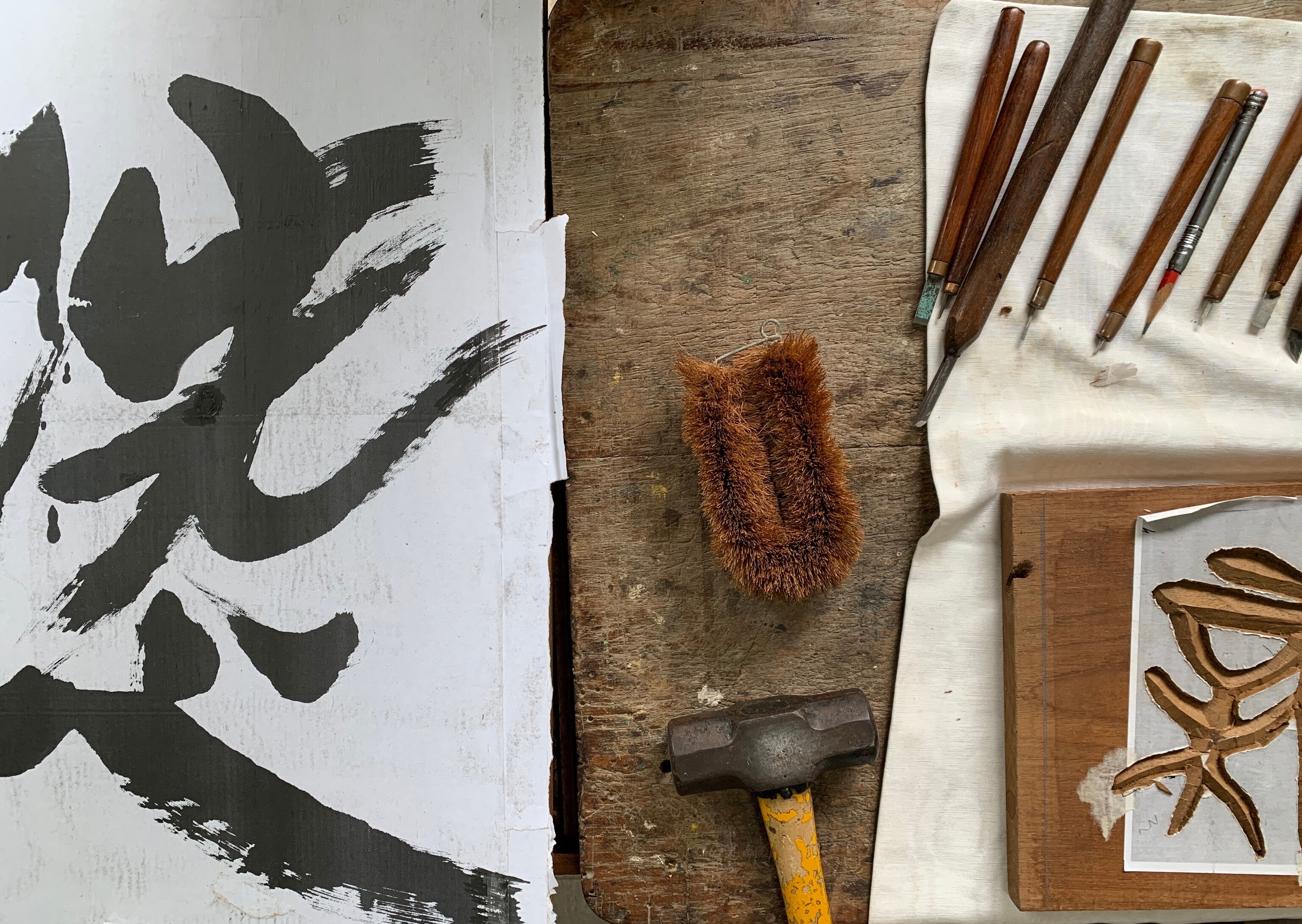
Born in 1946, calligrapher Yong has exhibited in Europe, China, Australia and around Asia.
Wood carver Cheh has received commissions from the ninth King of Malaysia, Singapore’s former President and worked on the fine wood detailing inside the luxurious carriages of the Orient Express train.
The pair continue to teach weekly at the Kreta Ayer Community Club in Chinatown. Yong also mentors Malik Mazlan, a young Singaporean Malay calligrapher who uses virtual reality for Chinese calligraphy. “We still see interested students who love this craft. For now, we will keep on experimenting and trying new ways to innovate,” said Yong.
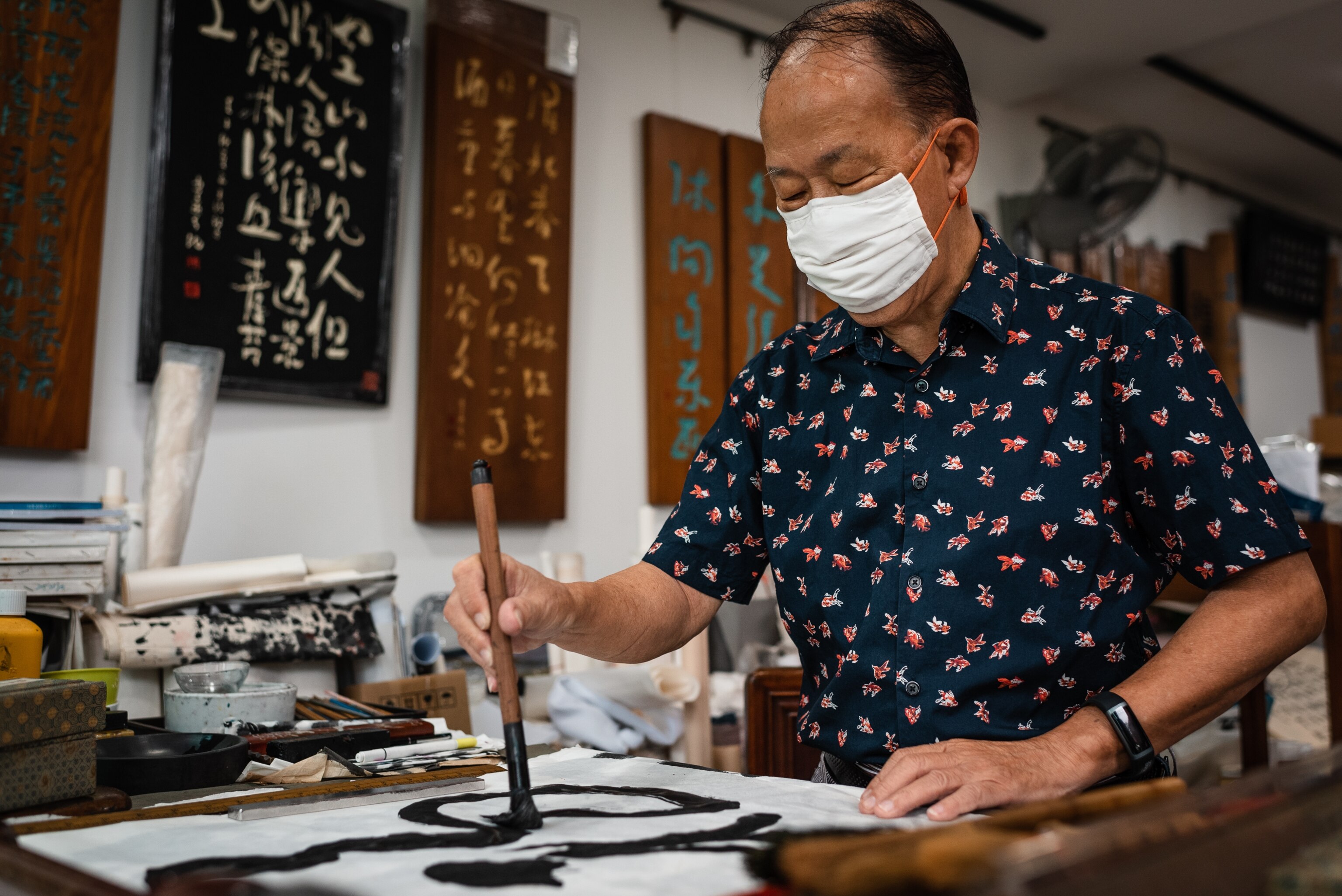
Step back in time at Rumah Kim Choo
From a bridal bed, sarong kebabyas, to wooden cabinets that meld Western and Asian influences, the two-unit Rumah Kim Choo shophouse (‘rumah’ means house in Malay) is a treasure trove of Peranakan collectibles and antique family heirlooms.
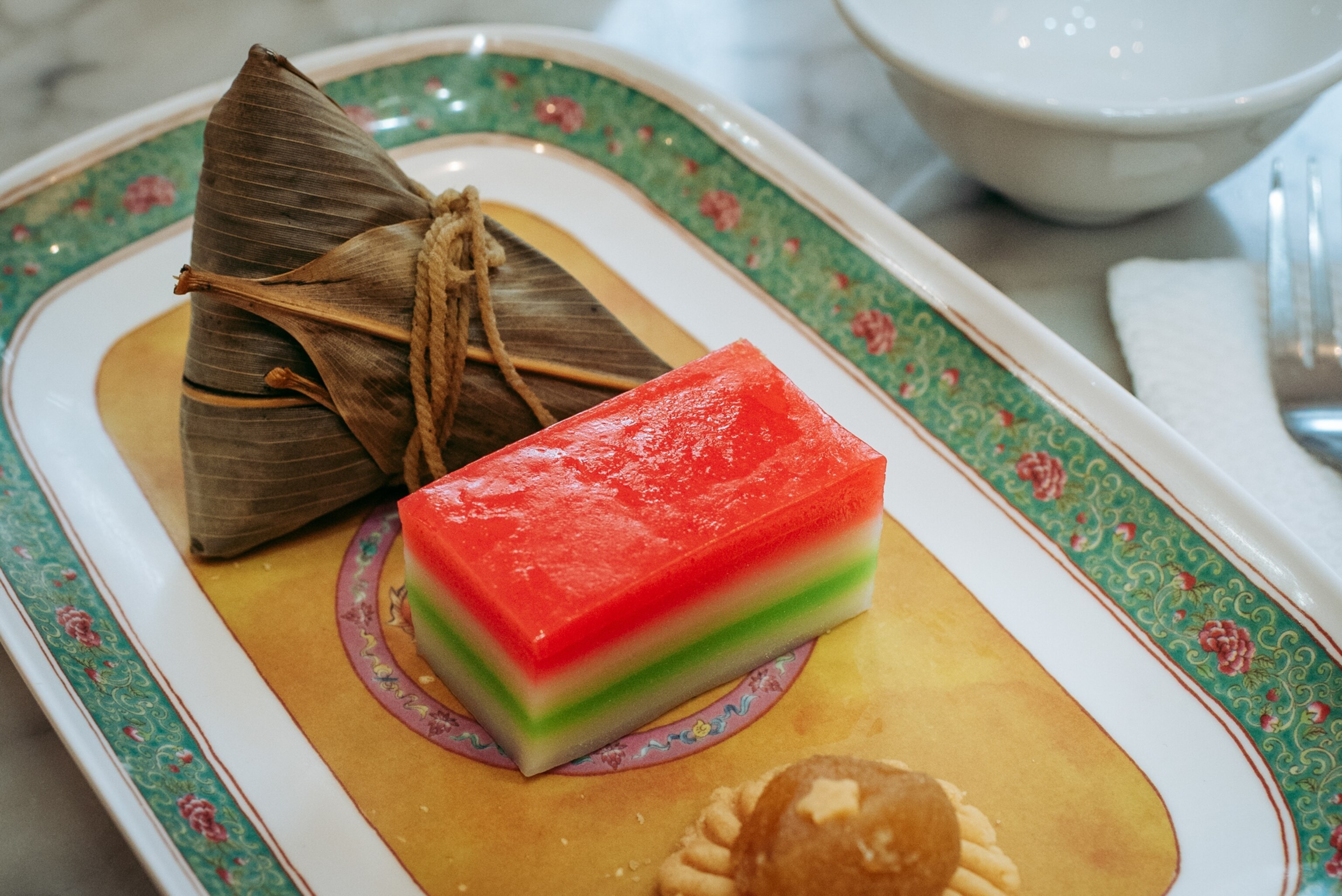
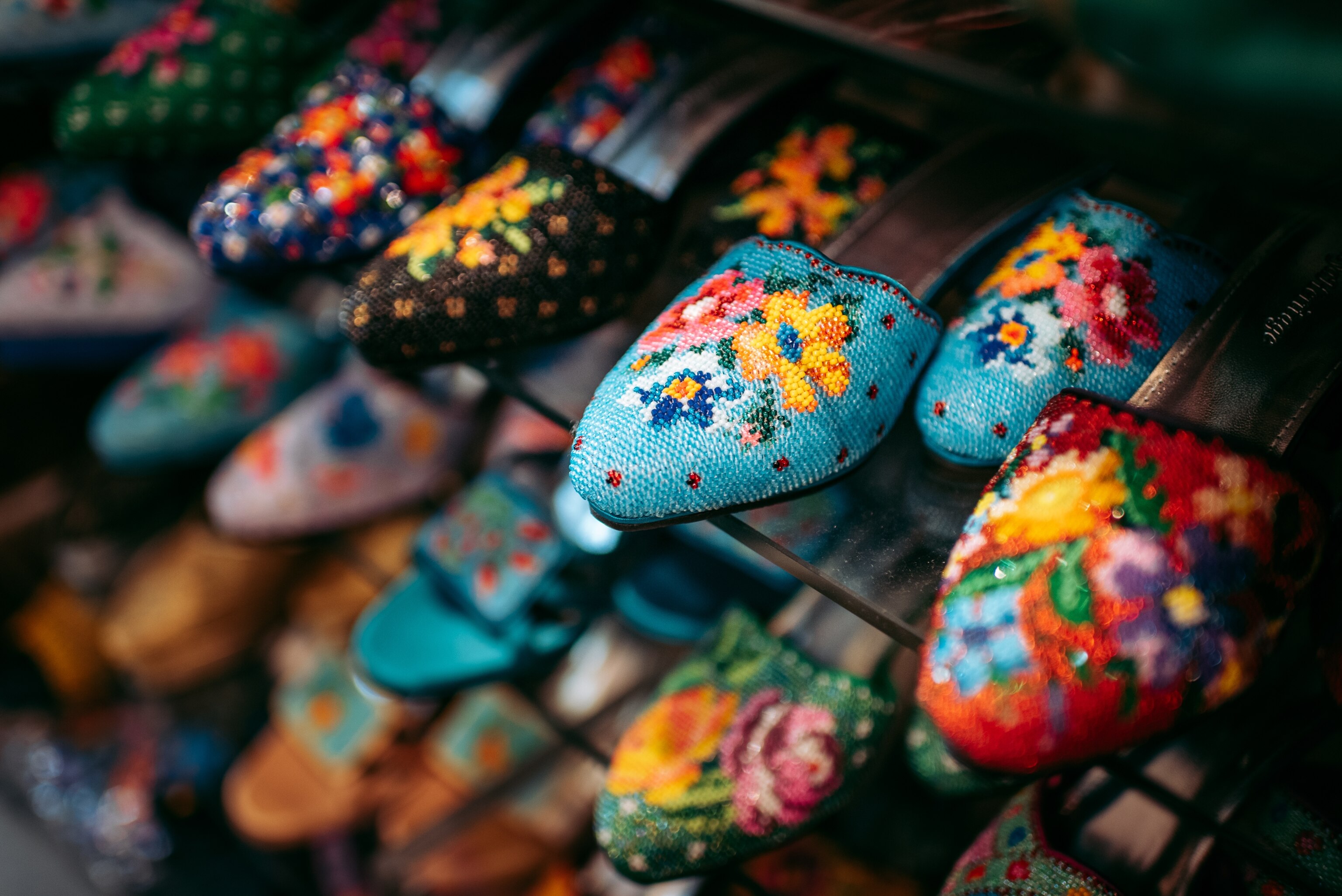
But the real star is the signature glutinous rice dumplings it sells. Its roots trace back to 1945, when late matriarch Lee Kim Choo first sold rice dumplings under a banyan tree along Joo Chiat Place. Her grandson Edmond Wong, 37, continues to keep the family’s legacy alive by holding guided tours to share more about Peranakan heritage, such as its unique influences. He says, “If a culture is alive, it will always renew itself and allow stories to be shared with future generations.”
Meet the last ‘dragon’ at Thow Kwang Pottery Jungle
Two or three times a year, Singapore’s oldest surviving dragon kiln roars to life. It is located in the far western reaches of the island at Thow Kwang Pottery Jungle. Built in 1940, the 37-meter traditional Chinese wood-fired kiln is said to resemble the shape of a dragon and belches smoke when lit.
4000 ceramic pieces are individually placed inside the belly of the beast, then subject to intense temperatures of up to 1,500 degrees Celsius. Guests and ceramic artists gather to witness the spectacle of workers stoking the fire by feeding wood through the kiln’s holes for three days before finally letting it cool.
Dragon kilns rose in popularity in Singapore in the early 19th century but electric kilns have since replaced them.
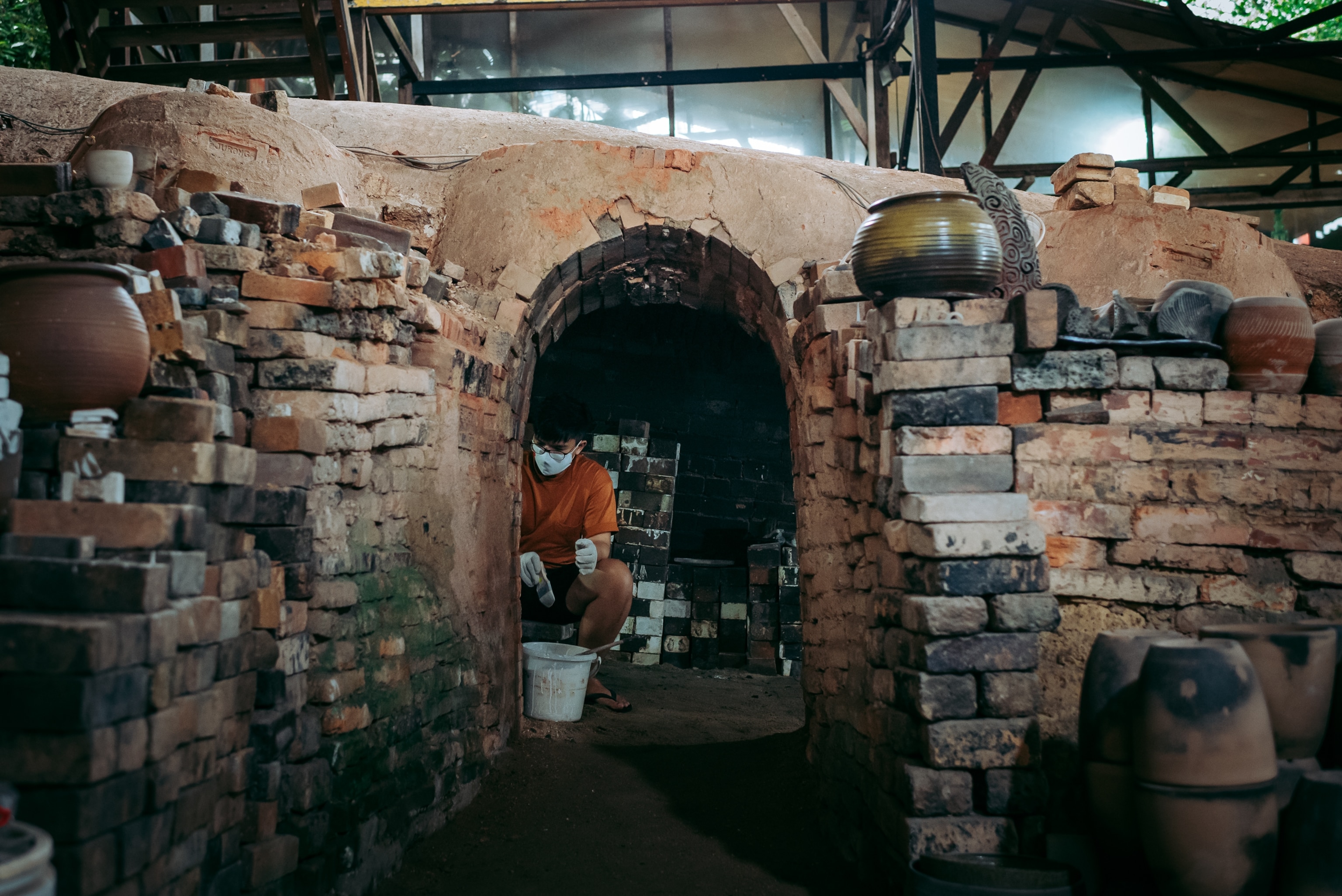
Today, Thow Kwang holds pottery workshops, tours and school programs. It also markets its products on social media, art exhibitions and pop-up markets.
Nothing beats the magic of seeing the dragon roar to life, said third-generation descendant Stella Tan, 33. She said that when ceramic is engulfed in fire, the ashes react with glaze to produce unpredictable color shadings and textures that electric kilns cannot replicate. “It’s hard work, it’s hot, it’s sweaty. But you can see that everyone’s eyes are on fire. That’s what I love about it,” she says.
